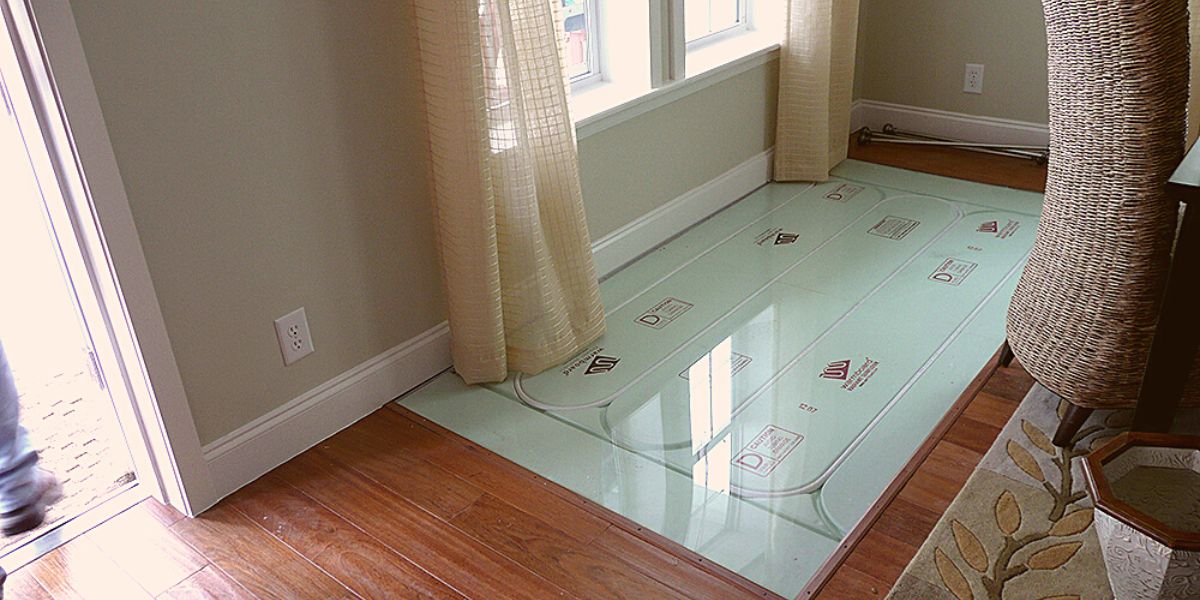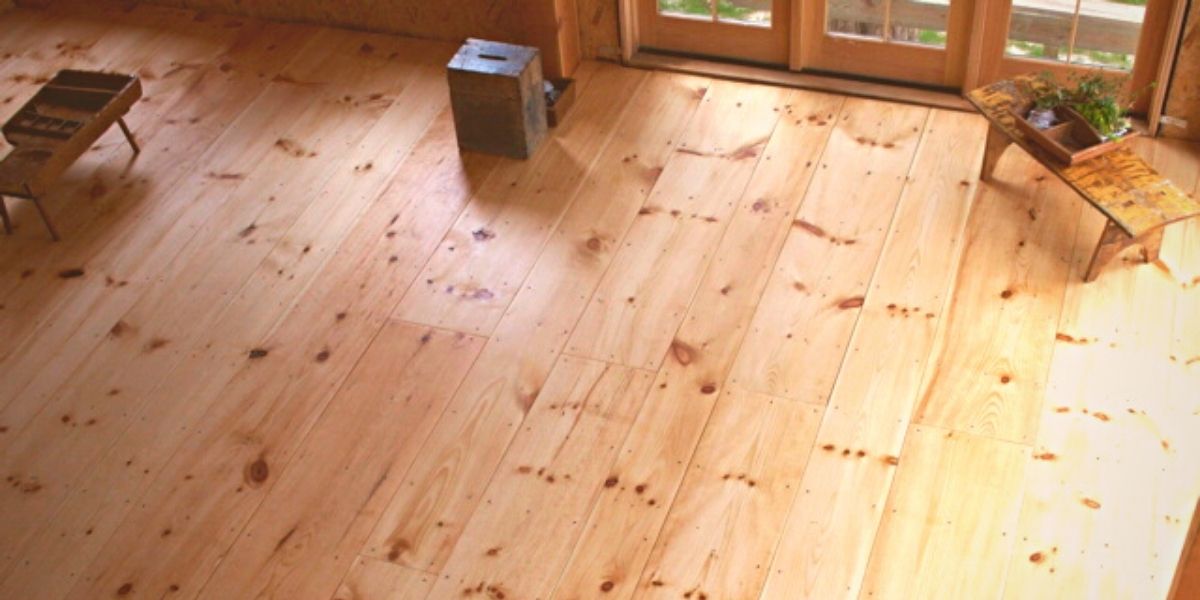Radiant floor heating is one of the best options today in terms of comfort, energy savings, and ease of installation. However, there are a few radiant heating myths and misconceptions that prevent some homeowners from considering this great option.
A little closer investigation into radiant heat facts shows that these radiant heat myths are just that — myths.
![]()
Myth 1: Radiant Heat Systems Are Designed Primarily to Reduce Energy Costs
One of the most widespread radiant heat myths is the idea that radiant floor heat systems are targeted primarily at reducing energy costs. While these systems are incredibly energy-efficient, they also deliver in terms of comfort.
Choosing radiant heat for your home has the added benefit of energy savings, but overwhelmingly, these home upgrades are chosen for comfort with consistent temperatures that can transform any room. Radiant floor heat can provide homeowners increased control over energy consumption while still producing the heat transference from the floor that so many have grown to love.
Myth 2: Radiant Heat Systems Are Slow and Unresponsive
Radiant heat systems have been around for a long, long time. Some people still associate radiant heat with older methods that took a long time to heat up when started. However, modern methods, like those supplied by Warmboard, can be very responsive.
Modern hydronic radiant heat systems rely on a significantly reduced mass. This reduces the thermal inertia, which means that the whole system can get up to temperature faster from a complete stop. Using the latest controls and technology can provide even faster heating as well.
Myth 3: Radiant Heat Isn’t Cost-Effective
Some homeowners think that radiant heat will be an expensive addition to their home – and they’re right. Upfront, radiant heat may be a costly investment, but it’s among the most energy-efficent methods of heating your home. According to U.S. Department of Energy, radiant heating systems installed in a home could potentially save 5% to 30% on monthly energy bills (though Warmboard has had clients save over 50%). Additionally, radiant heat options provide additional layer of health and safety that may very well outweigh the initial expense.
The real impact on cost-effectiveness comes in the long term. Radiant heat reduces your energy use significantly, saving money on your heating bill every month for the life of your home. Over the course of years, this adds up to make radiant heat an incredibly cost-effective option.
Myth 4: Radiant Heat Is Only for New Constructions
Another one of the most common hydronic radiant heat myths is that radiant heat is only for new construction. This is also based on the idea of older radiant heat systems instead of modern panel-based systems that can be installed during renovations.
Radiant heat is the perfect choice for new construction, providing energy savings and opening up design possibilities. However, one of the key radiant heat facts to consider is that, with today’s systems, radiant heat is suitable for both existing homes and new constructions. For those doing a major or remodel or renovation, adding hydronic radiant heat can be an ideal way to update your home.
Myth 5: Radiant Heat Isn’t an Established Heating Method
Most homeowners don’t want to adopt any system that hasn’t already been proven cost-effective, reliable, and safe. Some think that modern radiant heat systems haven’t really been proven yet, but this simply isn’t the case.
Modern radiant heat systems rely on the same core principles as traditional ones. Over the years, improvements have led to something more efficient and convenient, but these principles still hold true. Modern systems are also older than some people realize, with the earliest panel systems dating back several decades.
Myth 6: Radiant Heat Doesn’t Spread Heat Effectively
Homeowners are sometimes concerned that radiant heat will heat their floors but won’t spread heat throughout their homes effectively. However, this couldn’t be further from the truth. Radiant heat systems can distribute heat more evenly than forced air.
Hot air rises, so having a source of heat within the floor is the best option. With forced air, circulation can cause hot air to become trapped near the ceiling instead of spreading out. Some parts of the home will overheat, while other areas will remain too cold. The heat from radiant floor heat rises steadily upward from the floor, creating an even and gentle temperature gradient beneath you.
Myth 7: Radiant Heat Restricts Your Flooring Options
Most people associate radiant floor heat with tile flooring. This is because with older methods of hydronic radiant heating, tile was among the only options to choose from with a radiant heating system based in concrete.
With modern radiant heat systems, you can use essentially any type of flooring. Tile, wide-plank hardwood, even carpet — the design options are practically limitless with modern radiant heat.
Myth 8: Radiant Heat Can’t Be Your Primary Heat Source
Small radiant heat systems are sometimes used specifically for bathrooms, but these are often electric systems that differ from full radiant heat systems. A hydronic radiant heat system can heat your entire home as well as any other source.
Floor panels distribute heated water throughout your home, and that water is heated by a boiler, similar to how homes with radiators work. However, radiant heat provides 15% or more increased efficiency over radiators.
Get the Real Radiant Heat Facts with Warmboard
The real radiant heat facts paint a more accurate picture of this cost-effective, versatile, and convenient heating system. Warmboard has spent over 20 years providing high-quality radiant heat systems and can help find the right solution for your home.
Reach out today to get started on your project with support from our in-house design team and project managers.

